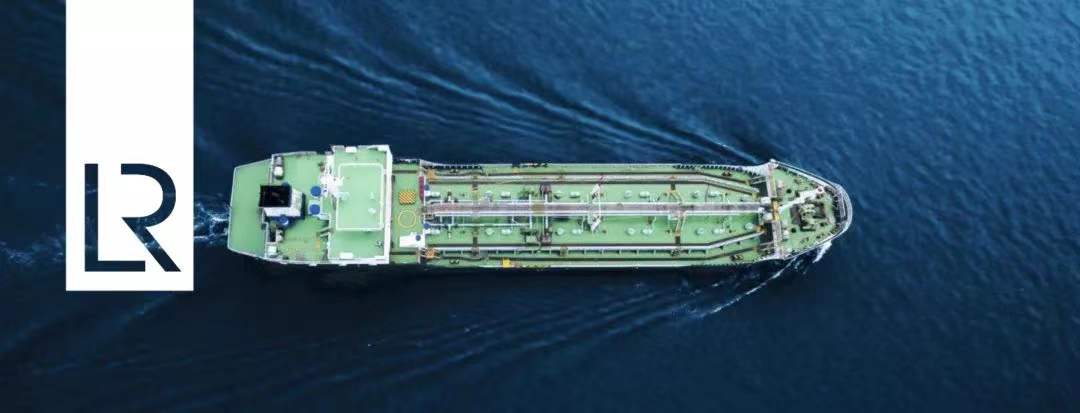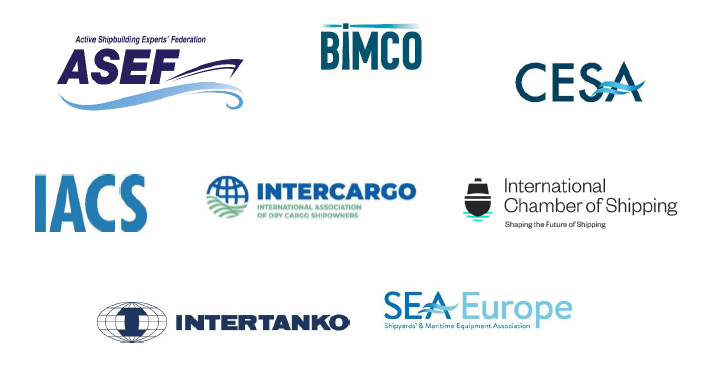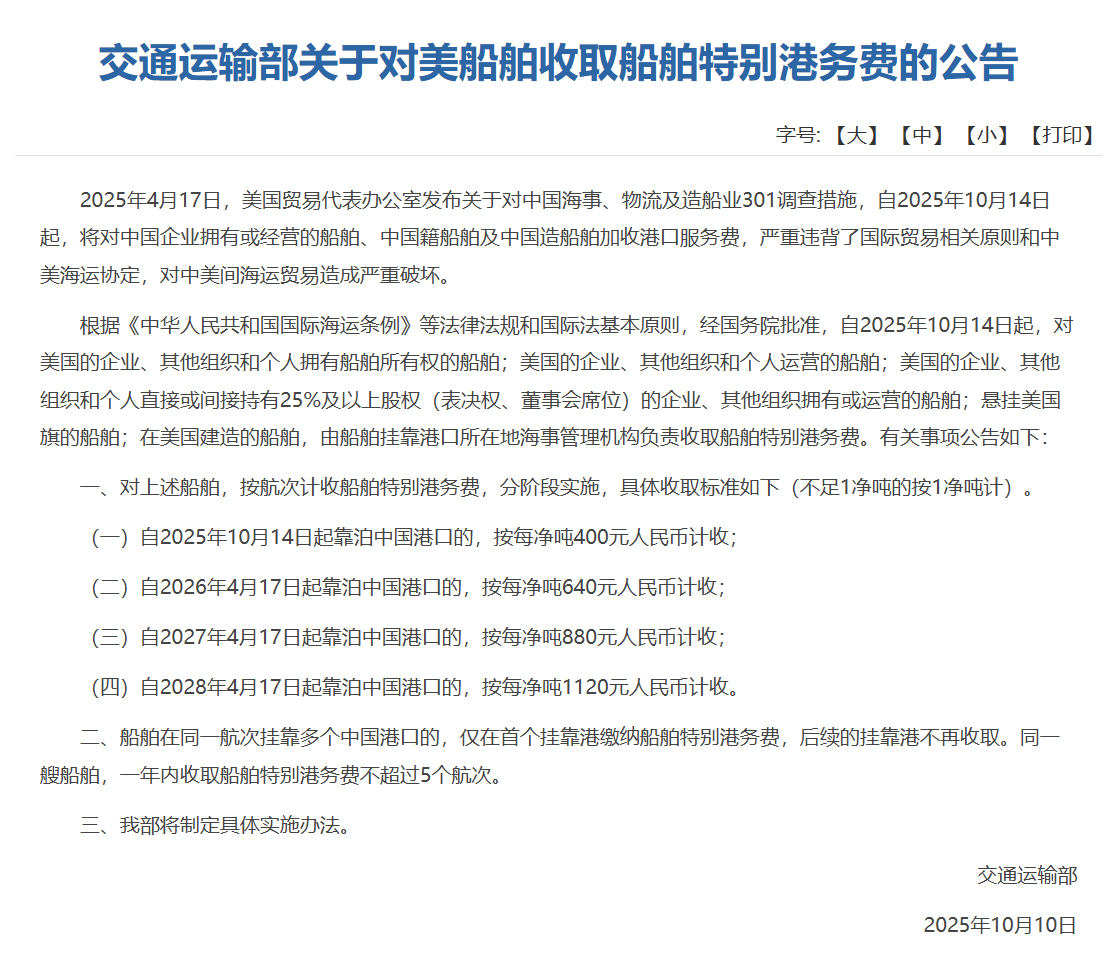
Applicability: shipowners, ship operators, ship managers and ship masters
Lloyd’s Register (LR) has revised its periodical survey requirements for the first Special Survey of chemical and double hull oil tankers, in line with the International Maritime Organisation’s latest revision of the ESP Code and the International Association of Classification Societies’ UR Z 10.3 and 10.4.
The most significant change is the removal of the following thickness measurement (TM) requirements:
·One section of deck plating for the full beam of the ship within 0,5L amidships; and
·Measurements for general assessment and recording of corrosion pattern of the structural members subject to Close-up Survey.
Suspect areas
Thickness measurements may still be required for “suspect areas”, as identified by the surveyor, following overall surveys.
Applicability of new requirements
The new requirements are applicable to the first Special Survey (typically for five-year-old vessels), commencing on or after 1 January 2023 (based on the survey’s first visit date).
Special Surveys commencing before 1 January 2023 are to be carried out in accordance with previous requirements, regardless of the completion date.
Special Surveys commencing before 1 January 2023 are to be carried out in accordance with previous requirements, regardless of the completion date.
The new survey requirements are only applicable to double hull oil tankers and chemical tankers (single and double hull).
What shipowners, operators, managers and masters should do now
Although thickness measurements will not be required for most applicable surveys, it’s important to consider having an LR approved TM company on stand-by, should suspect areas be identified during the course of the surveys. When submitting the survey planning questionnaire and survey programme, the approved TM company details must be included.
Access for survey
While Close-up Survey requirements have not changed, means of access to perform close-up inspections are still required, i.e. scaffolding, portable ladders, etc.
The survey may also be carried out using remote inspection techniques, i.e. rope access. When considering the use of remote inspection techniques, such use should be included as part of the survey planning questionnaire and survey programme.
Remote inspection techniques are to be carried out by LR approved companies with the appropriate approval category (“Requirements for Service Suppliers Engaged in Surveys using Remote Inspection Techniques (RIT) as an Alternative Means for Close-up Survey of the Structure of Ships and Mobile Offshore Units”). This category includes techniques such as rope access and drones.
Note that the use of remote inspection techniques is subject to Flag agreement.
The opinions expressed herein are the author's and not necessarily those of The Xinde Marine News.
Please Contact Us at:






